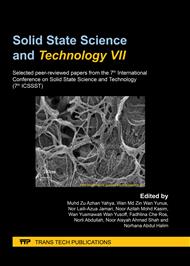p.483
p.491
p.498
p.506
p.517
p.523
p.529
p.535
p.543
Effect of Cooling Rate on the Volume Fractions of the Constituent Phases of the Tempcore Steel Rebars
Abstract:
Tempcore process considers the widest process that is being used in the production of reinforced steel rebar. The normal tempcore process is fundamentally dependent on the amount of latent heat in the core of the steel rebar, and the cooling rate of the rebar cross-section. Cooled water box and the cooling bed have a powerful effect on the cooling rate of the steel rebar. This research has been designed to monitor the continuous cooling transformation CCT diagram of steel rebar with different two contents of residual elements. Moreover, the effect of the cooling bed’s conditions has been simulated to identify the effect of cooling rate at the cooling bed step on the microstructure, as well as the hardness value of the produced steel rebar. It was found that the cooling rate at the cooling bed step has a great powerful effect on the produced steel rebar in term of bainite phase increment, and the hardness value as well.
Info:
Periodical:
Pages:
517-522
Citation:
Online since:
May 2021
Keywords:
Price:
Сopyright:
© 2021 Trans Tech Publications Ltd. All Rights Reserved
Share:
Citation:


